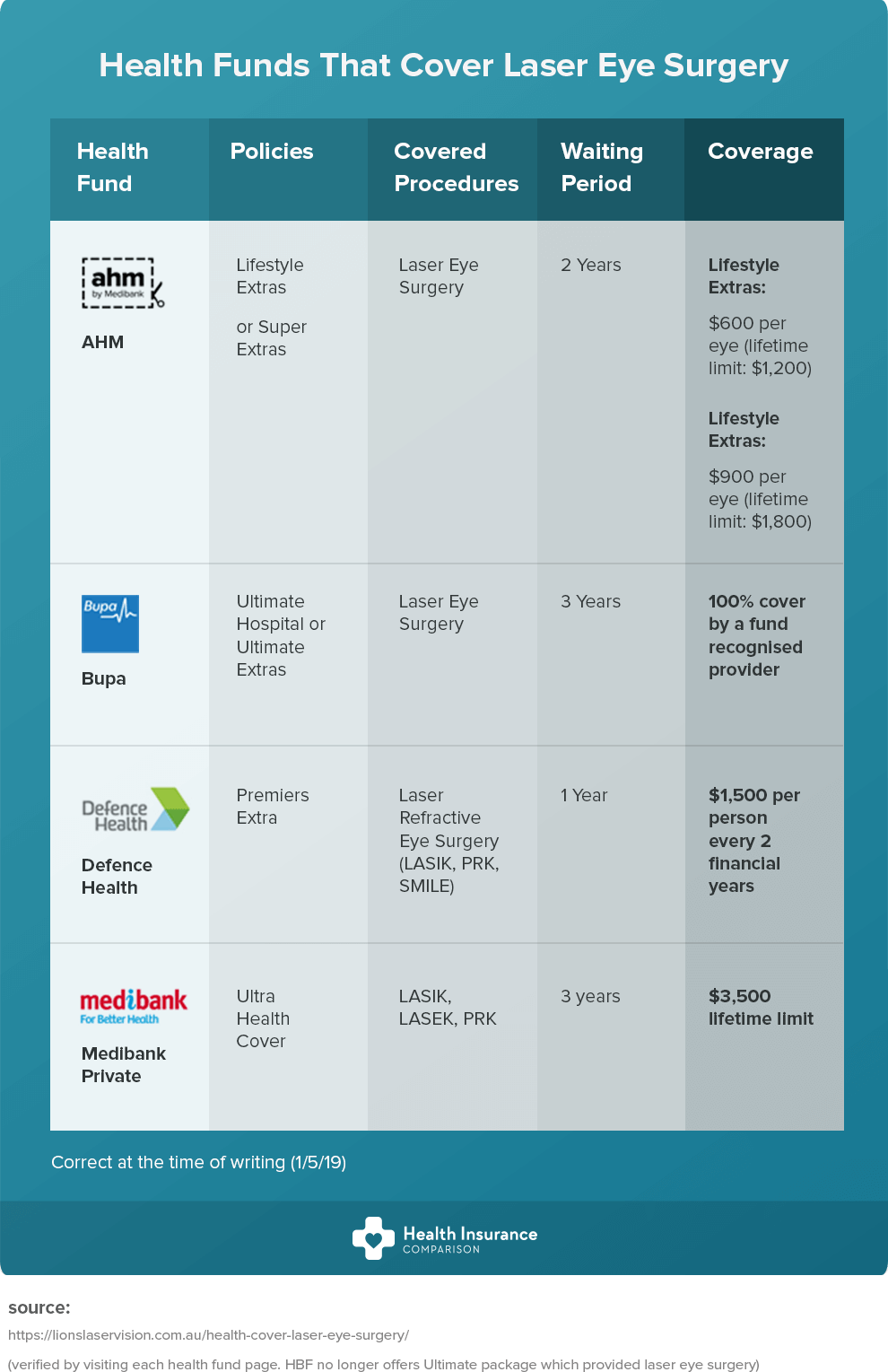Content Author-Kim Gadegaard
When contemplating the choice in between standard cataract surgical procedure and laser-assisted strategies, you might find yourself evaluating the benefits and downsides each method offers. The choice exceeds the surface level of price and precision, delving right into the world of lasting results and individual fulfillment. As you browse through the intricacies of these 2 approaches, it ends up being essential to recognize the nuanced information that can substantially impact your visual quality and general experience. Remain tuned to discover the important aspects that will certainly guide your decision-making process in this essential element of eye treatment.
Conventional Cataract Surgical Procedure Advantages And Disadvantages
When considering standard cataract surgical treatment, you may locate that it's a reputable and widely-used method. In this procedure, a doctor makes a small incision in the eye and uses ultrasound to break up the over cast lens before removing it. Once the cataract is removed, a fabricated lens is put to restore clear vision.
One of the major benefits of traditional cataract surgery is its record of success. Numerous people have actually had their vision dramatically enhanced with this procedure. Furthermore, conventional surgical treatment is commonly covered by insurance coverage, making it a much more obtainable alternative for lots of individuals.
However, there are some disadvantages to conventional cataract surgical treatment too. Recuperation time can be much longer contrasted to newer techniques, and there's a slightly higher threat of complications such as infection or swelling. Some people may also experience astigmatism or require analysis glasses post-surgery.
Laser-Assisted Techniques Advantages And Disadvantages
Checking out laser-assisted methods for cataract surgical procedure reveals a contemporary strategy that makes use of laser innovation to do key steps in the treatment. Among the primary benefits of laser-assisted cataract surgery is its accuracy. The laser allows for extremely exact incisions, which can cause better aesthetic end results. Furthermore, the use of lasers can reduce the amount of ultrasound power required throughout the surgical procedure, potentially lowering the danger of complications such as corneal damages.
On the downside, laser-assisted techniques can be a lot more pricey contrasted to conventional approaches. This expense mightn't be covered by insurance policy, making it less easily accessible to some people.
One more factor to consider is that not all cataract specialists are learnt laser technology, which could restrict your choices for choosing a surgeon.
Last but not least, while the laser can automate specific facets of the procedure, the surgical treatment still calls for a proficient surgeon to guarantee successful outcomes.
Relative Analysis of Both Techniques
For a thorough understanding of cataract surgical procedure techniques, it's important to conduct a relative analysis of both typical and laser-assisted methods.
Typical cataract surgical procedure involves hand-operated lacerations and the use of portable tools to break up and eliminate the cloudy lens.
On the other hand, laser-assisted cataract surgical treatment uses advanced innovation to produce precise cuts and break up the cataract with laser energy before removing it.
In terms of accuracy, laser-assisted strategies use a higher level of precision compared to traditional techniques. Using Mesa All-laser LASIK allows for customization of the treatment based upon each patient's eye composition, possibly leading to far better aesthetic outcomes.
However, https://www.google.com/maps/place/Carrot+LASIK+%26+Eye+Center/data=!4m2!3m1!1s0x0:0xd8556dcbb492601f?sa=X&ved=1t:2428&ictx=111 -assisted cataract surgical procedure tends to be more expensive than typical surgery, which may restrict access for some patients.
While both techniques work in restoring vision damaged by cataracts, the choice in between typical and laser-assisted strategies usually depends upon factors such as cost, precision, and specific client demands.
Consulting with your ophthalmologist can help establish one of the most ideal approach for your cataract surgical procedure.
Conclusion
Finally, when deciding between traditional cataract surgical treatment and laser-assisted strategies, think about elements like cost, accuracy, and individual requirements. Conventional surgical treatment uses a tested performance history and insurance protection yet might include longer recovery times. Laser-assisted techniques supply greater accuracy and customization however can be a lot more expensive and not always covered by insurance coverage. Eventually, the option in between the two methods depends upon what is essential to you and your particular situation.

